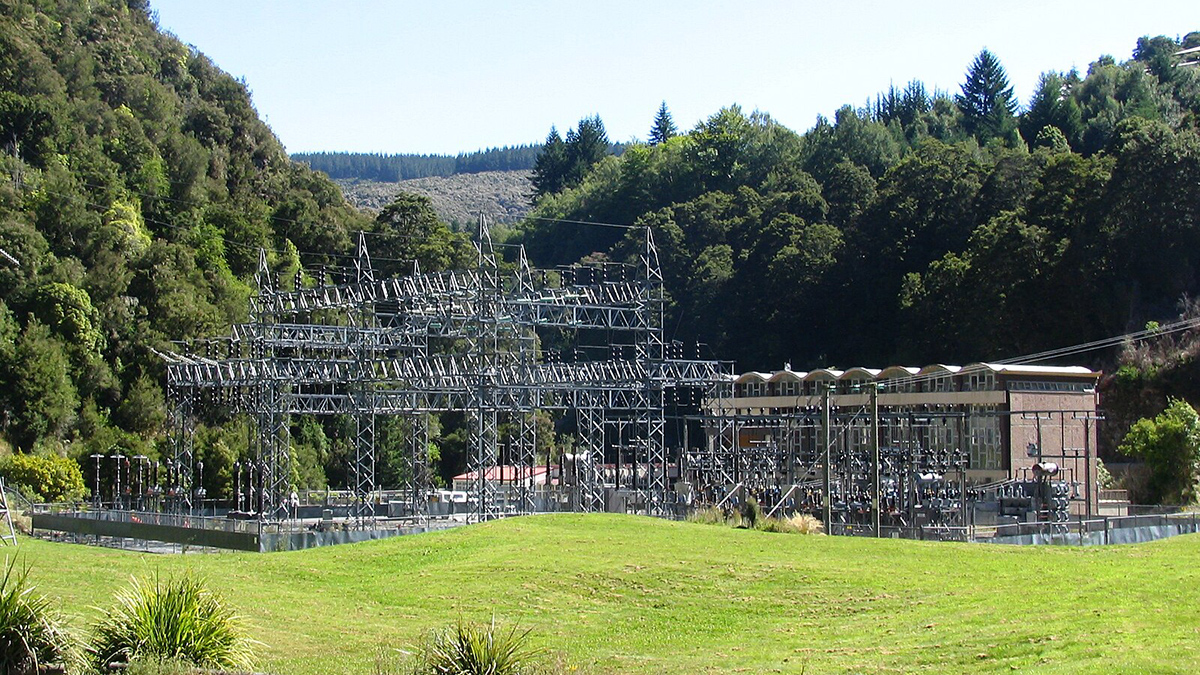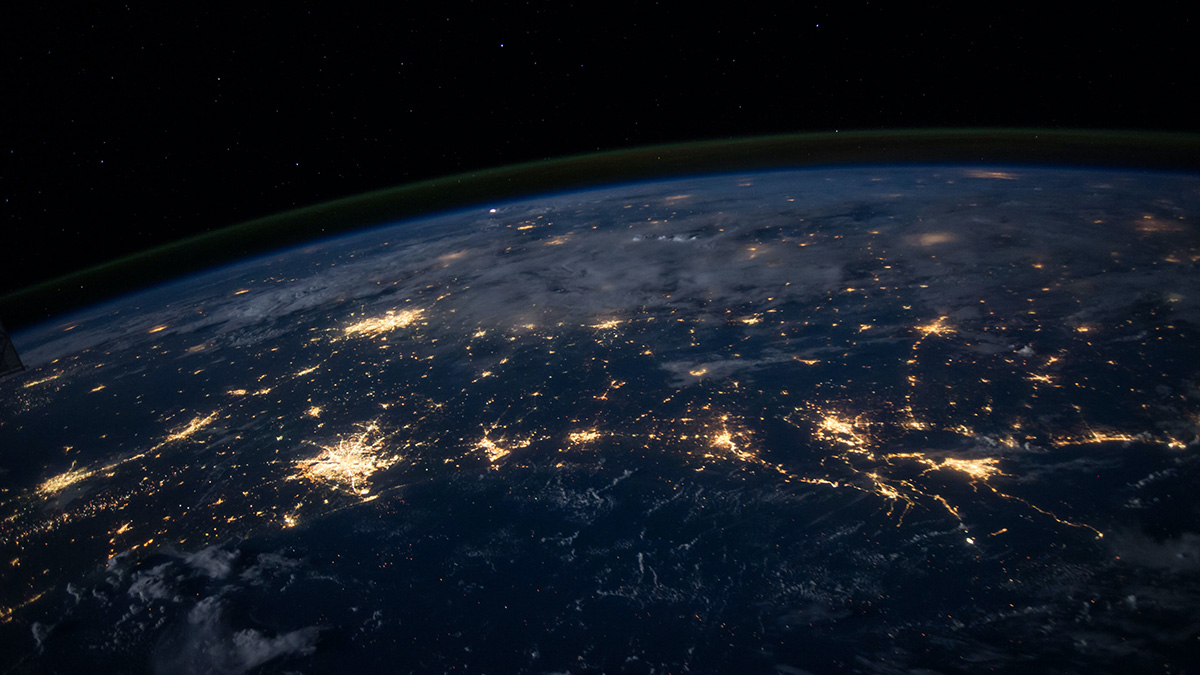A new paper explores ways to mitigate the impact of geomagnetically induced currents on the New Zealand power grid.
electricity
A Holistic Approach to Hydropower Data
A new online platform offers comprehensive data and tools about U.S. hydropower assets, enabling data-driven decisionmaking at the energy–water nexus.
Meshless Methods Tell Us What Lurks Beneath the Surface
Limitations with resolving complex underground targets with sufficiently fine resolution may be alleviated through the adoption of meshless electromagnetic methods.
How Space Storms Miscue Train Signals
Geomagnetic storms could significantly disrupt electrified train operations in the United Kingdom once every few decades, according to a new study.
How to Bend Lightning with a Laser Beam
For the first time, scientists have redirected lightning using a laser beam. And that’s just the start of what’s possible.
Converging Toward Solutions to Grand Challenges
A hypothetical, space weather–induced power grid catastrophe served as a practice case for building unity and collaborative skills among disparate communities to address a major global hazard.
Radar Diagnosis of the Thundercloud Electron Accelerator
Altitude-resolved S-band radar observations of graupel are used to decipher thunderstorm ground enhancements in surface electric field and gamma ray flux.
Lightning Had Difficulty Forming in Early Earth’s Atmosphere
Lightning could have sparked the beginnings of life, but the primordial atmosphere might have made it more difficult for lightning to initiate.
Extracting Rare Earth Elements from Waste with a Flash of Heat
A method called flash Joule heating could offer a more sustainable way to source essential components of electronics from coal fly ash.
The Bumpy Search for Liquid Water at the South Pole of Mars
Studies since 2018 have provided competing explanations of bright radar reflections from the base of the south polar ice cap.










